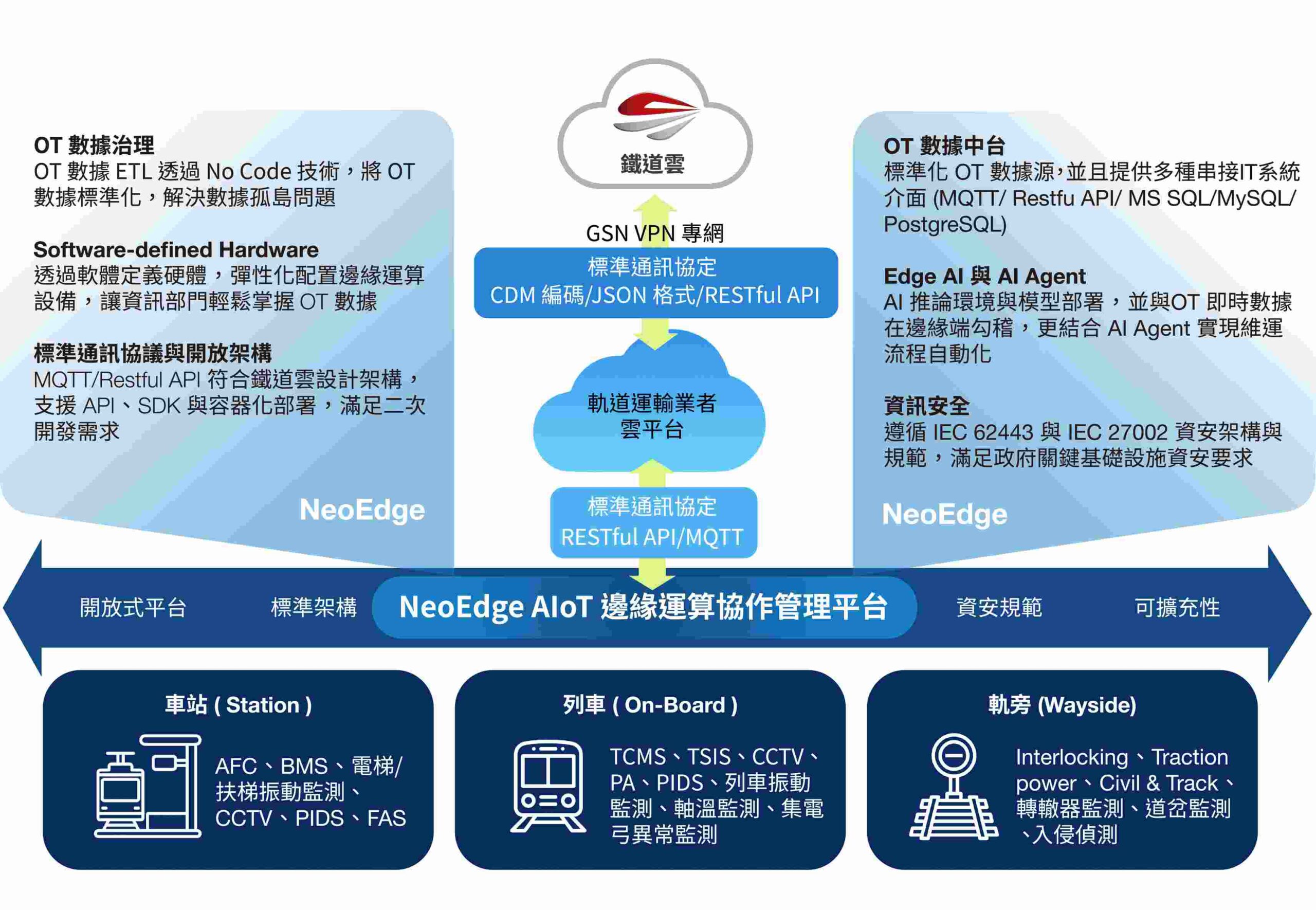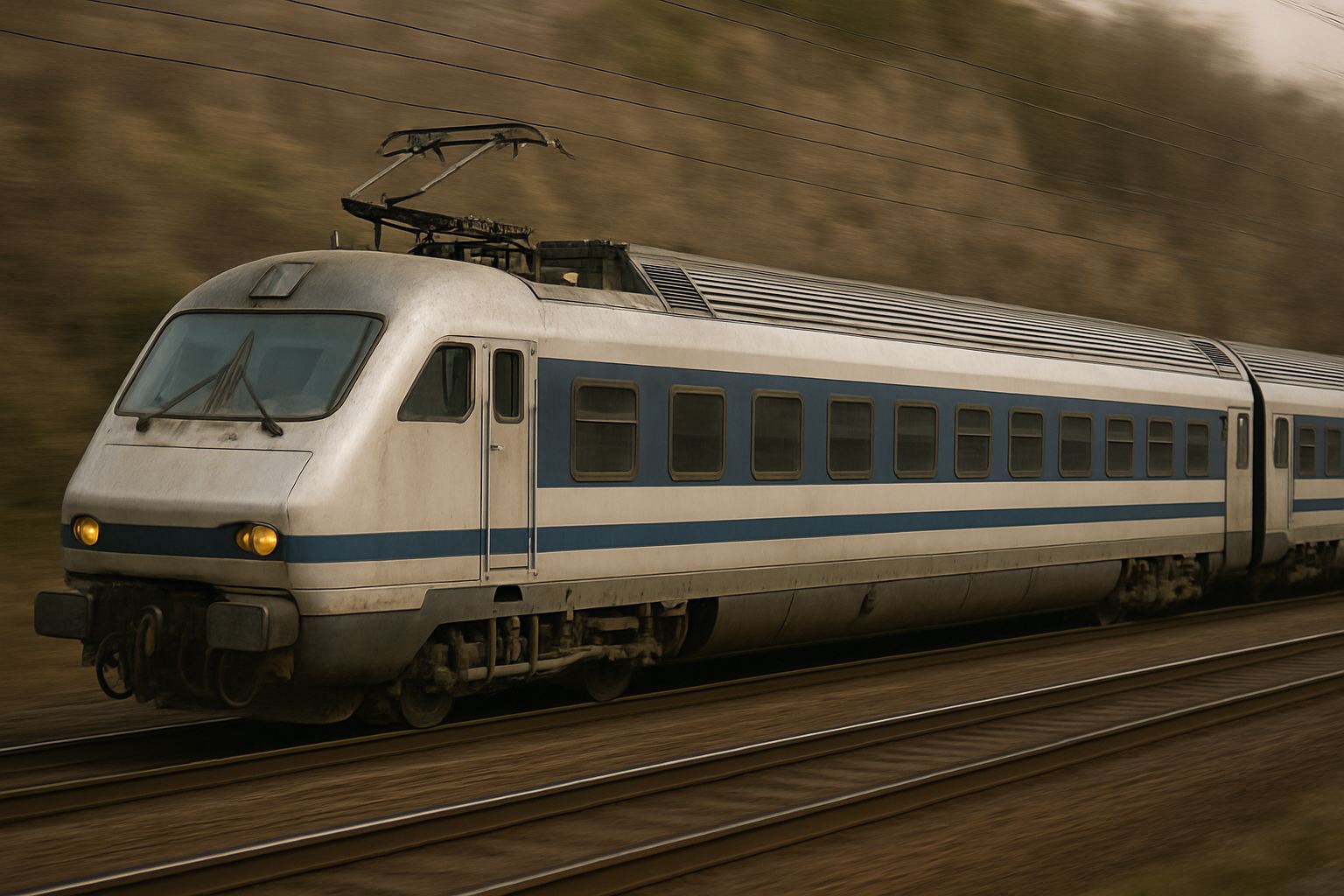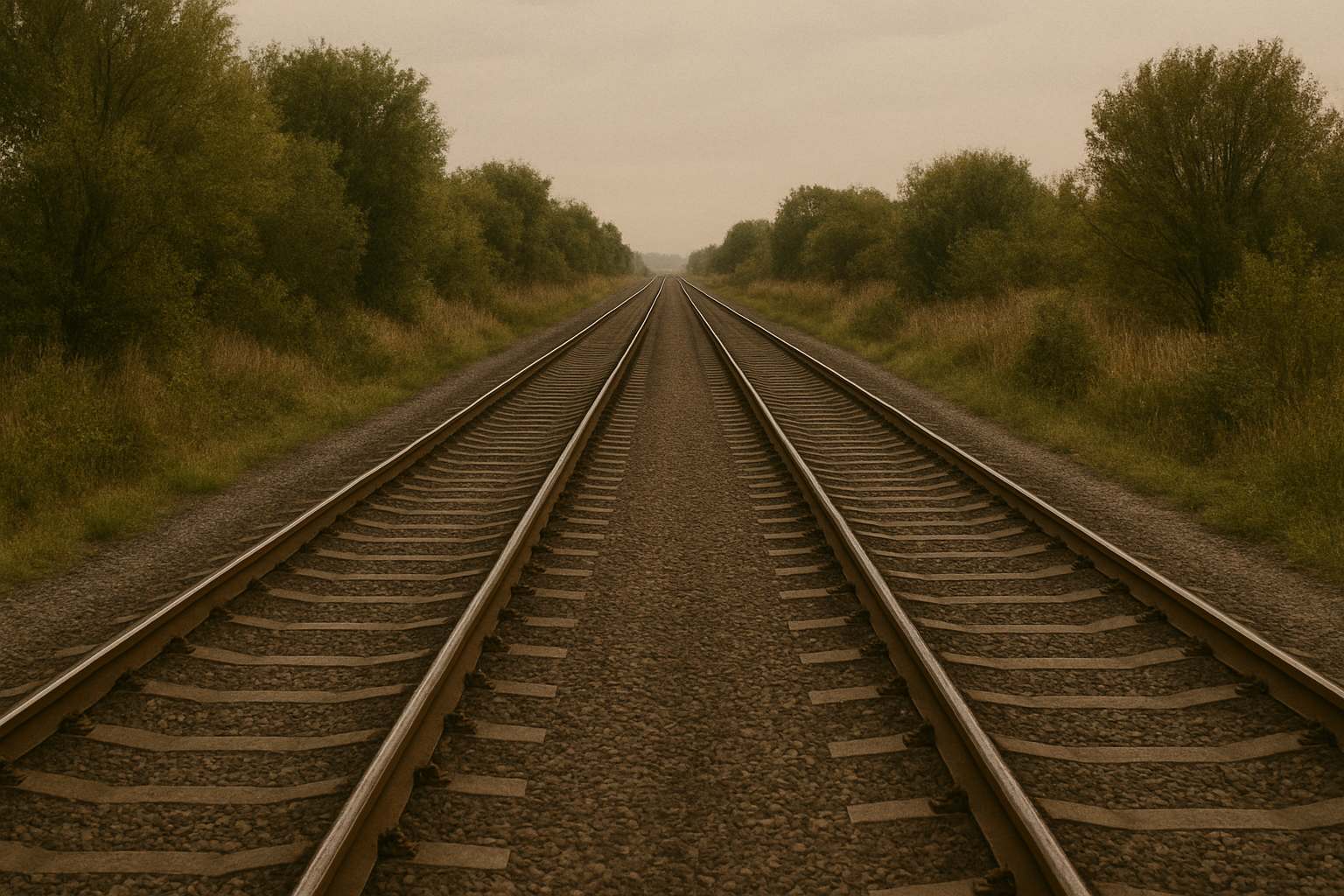Challenges in Smart Rail Transport
Data Silo
OT systems involve various domains such as stations, trains, and trackside infrastructure, with each system belonging to different units. The lack of standardized interfaces makes it difficult to collect OT data and integrate it with IT systems.
The Gap Between OT and IT Knowledge and Capability
OT personnel are less skilled in IT and lack knowledge, and IT personnel are not familiar with OT equipment, leading to gaps in understanding between these two fields.
High Safety and Reliability Requirements
The integration of OT systems with IT systems needs to meet higher safety standards and system reliability. New technologies must align with the safety environment to ensure the safe operation of integrated systems.
Domain Knowledge Combined with AI
There are professionals with domain-specific knowledge but insufficient understanding of AI technologies, leading to challenges in applying AI effectively.
Improvement of Energy Efficiency
Improving the efficiency of energy use, such as how to reduce the power consumption of the train, is one of the critical tasks.
Human Resources and Professional Skills Shortage
There is a shortage of talent and professionals in the field, and industry practitioners are often unfamiliar with the tools and techniques for implementing AI in operational settings.
Do you have the following needs?
Decision Makers
CEO / CIO / Chief Digital Transformation Officer
- •Improve IT's visibility and control over OT data to break data silos
- •Establish standardized OT data management platforms and processes to reduce integration challenges
- •Adopt open architectures (SDK/API/Containerization) to ensure IT scalability
- •Ensure IT/OT infrastructure compliance with security and regulatory standards
IT Personnel
IT Department / Digital Transformation Teams / R&D Units
- •Smoothly integrate and connect OT data with IT systems
- •Utilize platforms to streamline alert notification and smart monitoring, reducing support workload
- •Support hybrid architecture to assist clients with system security and compliance
- •Assist in AI integration and promote digital transformation
OT Personnel
Equipment Engineers / Train Maintenance Engineers / Electrical Engineers / Railway Engineers
- •Complete data collection and automation without manual scripting
- •Support various data types and devices with flexible configuration capabilities
- •Use predictive diagnostics to reduce unplanned downtime
- •Write data back to the database or cloud platform according to IT requirements.
- •Integrate AI tools with industry know-how to optimize workflows and improve efficiency

Use Case

Station
• High energy usage and peak-time consumption increase cost pressure.
• Existing HVAC and elevator systems are often manually adjusted or fixed-schedule based, lacking real-time intelligent control.
• Maintenance is still mostly reactive and routine-based, making it difficult to detect anomalies early and prevent failures.
Read More
Train
• Trains and track-side infrastructure are exposed to harsh conditions (humidity, sinking, temperature), requiring heavy labor inspection.
• Manual inspection of brakes and suspension components is inefficient, making defect detection challenging.
• Complex handoffs between train and maintenance units, if not timely, may cause service disruption.
• Various abnormal signals (vibration, noise, shock, electric current, etc.) are scattered and hard to aggregate.
Read More
Wayside
• Train operation involves energy efficiency and carbon emission pressure.
• Rising passenger expectations (comfort, safety, data transparency) challenge aging systems.
• Many subsystems like door controls, HVAC, brakes, and battery modules are prone to failures and require real-time maintenance—raising downtime costs.
• Track anomaly detection is difficult and lacks automation.
Read More
